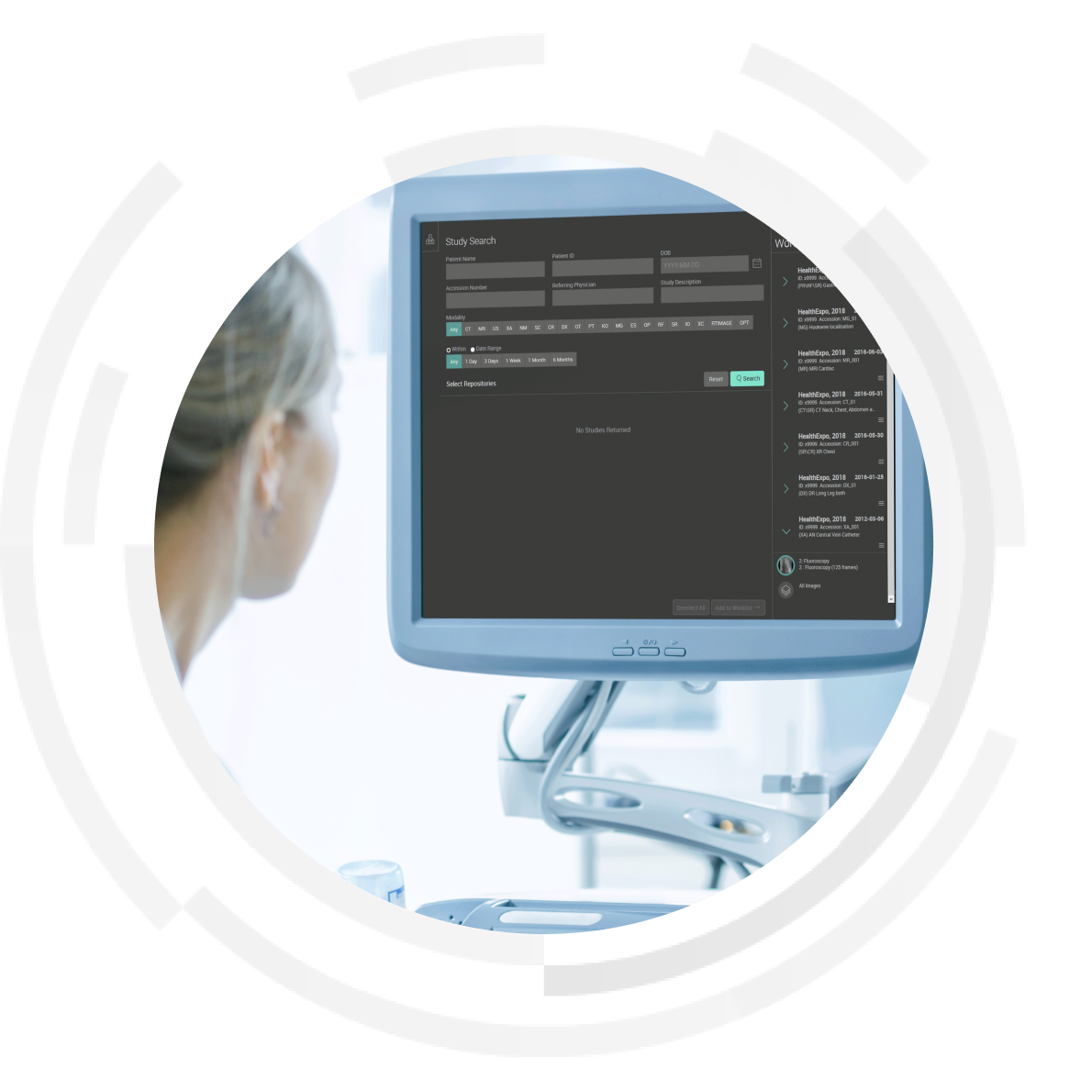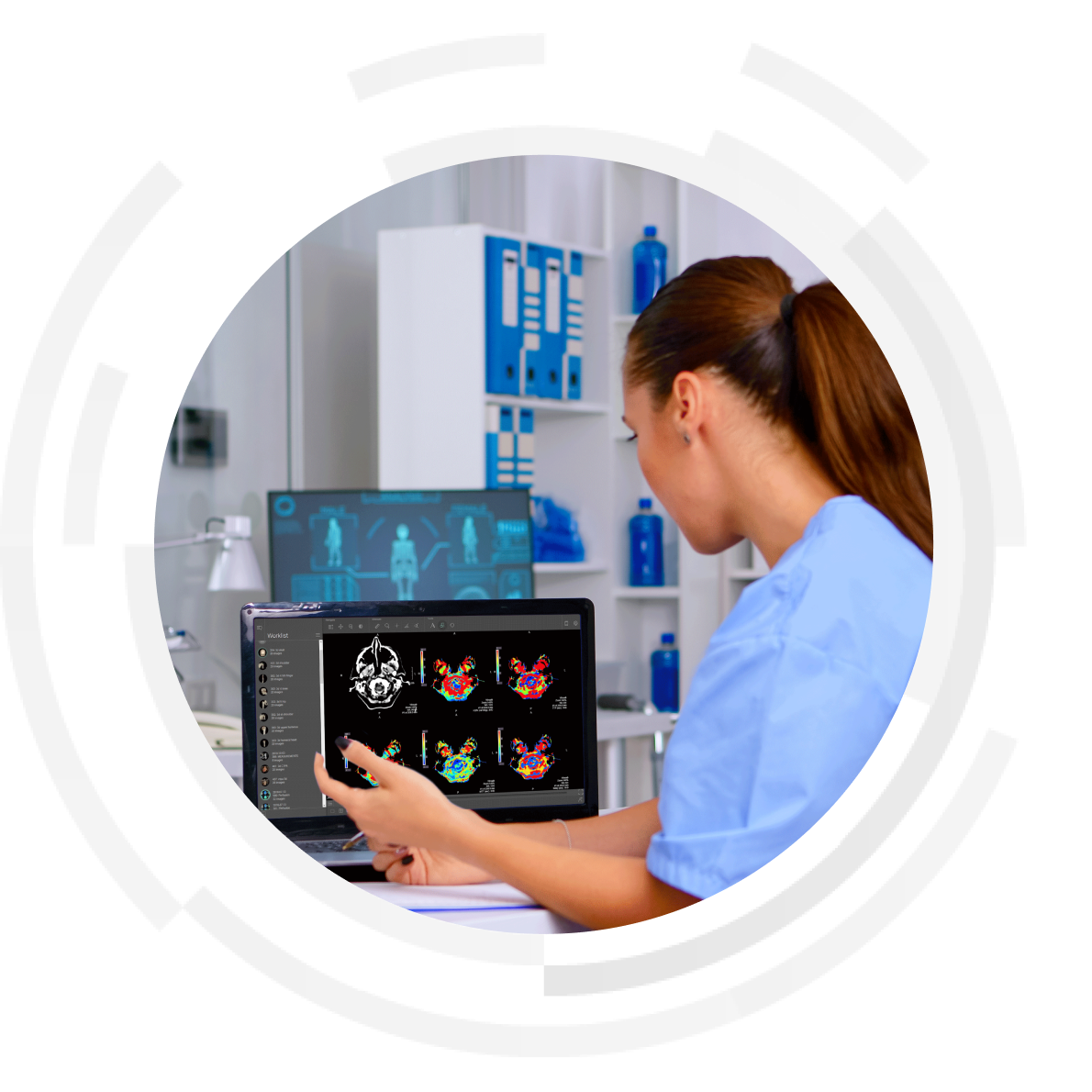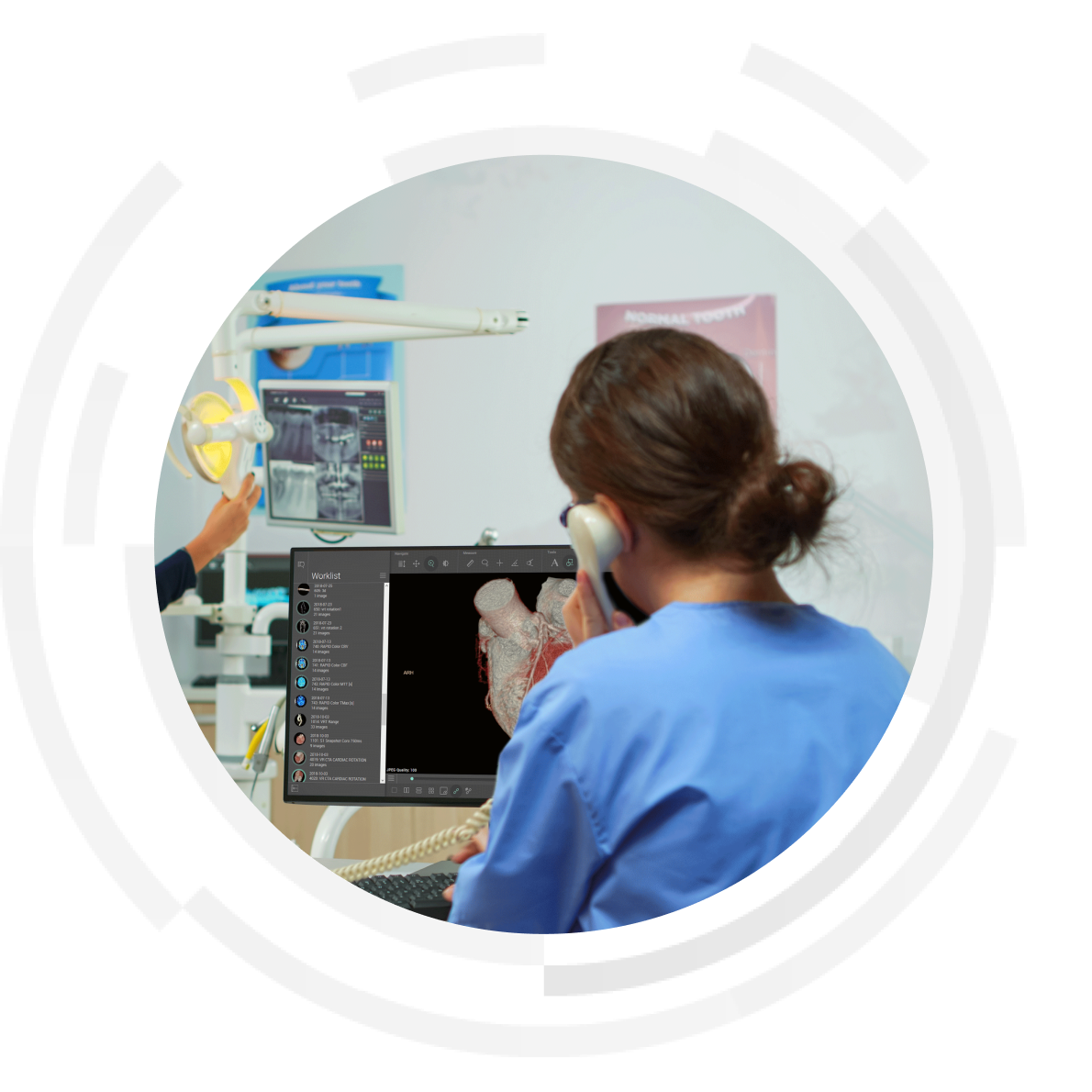
The Challenge
Prior to 2012, NSW Health hospitals had similar imaging systems, but not all of these systems were linked, or able to digitally share patient images and reports. CDs and DVDs were used for sharing patient imaging, creating challenges for clinicians wanting to view and discuss patient images across different hospitals.
Although clinicians could share written radiology reports, they were unable to share high-resolution images with each other. Those wanting to share and discuss diagnostic data on images were also unable to do so.
Additionally, if patients were referred for treatment at multiple hospitals (which is common), radiology imaging could be repeated unnecessarily. Clinicians often opted to save time and repeat scans and studies rather than hunt down images stored in systems at other hospitals. This also posed challenges when previous imaging was needed to be compared to newer studies.

The Plan
The solution needed to reduce unnecessary procedures for patients and associated exposure to radiation, and improve the quality of care by allowing clinicians to access and collaborate on diagnostic data instantly. This would also reduce the costs of repeated procedures for hospitals.
The scale and complexity of integration was challenging, requiring interoperability between four different Radiology Information Systems (RIS) and Picture Archiving and Communication Systems (PACS) products, and two different Patient Administration Systems (PAS) and Electronic Medical Record (eMR) vendors, across 16 different Local Health Districts (LHD) and health networks.

The Outcome
The EIR went live across NSW Health in February 2012 and today holds more than 34 million diagnostic studies, each consisting of multiple images.
This means that irrespective of which NSW public hospital a patient is treated at, their clinician will have immediate access to their historic and current radiology images and reports.
EIR gives clinicians the opportunity to collaborate early with each other, make faster and more accurate diagnoses and improve patient care. Likewise, the state’s new RIS-PACS platform uses the EIR to facilitate its image storage needs.
As part of the ongoing system improvements, the EIR was migrated to AWS in May 2022 and is now fully operational within the Cloud, providing significant additional benefits to clinicians and patients across NSW. Additional enhancements in 2022 will allow the sharing of secure Non-DICOM photos and clinical chat sessions within the NSW Health network.

The Benefits
For patients:
- A reduction in unnecessary diagnostic radiology exposure
- Improved quality and safety of care
- Better experiences across different healthcare facilities
- Faster diagnosis times
- Facility for storage backup and disaster recovery.
For clinicians:
- Immediate access to medical studies across NSW
- Improved opportunity to collaborate with other clinicians across NSW in real time
- Better quality imaging
- Faster reporting
- Improved patient management
- Reduction in time looking for diagnostic films
- Only one imaging system to learn.
Related solutions
The Electronic Medical Record (eMR) system replaces many patient paper charts & forms used in hospital wards, outpa…
RIS-PACS is NSW Health's medical imaging system. It provides clinicians with access to complete imaging histories,…
The NSW Telestroke Service provides specialist stroke care to patients in rural and regional NSW, connecting local…

